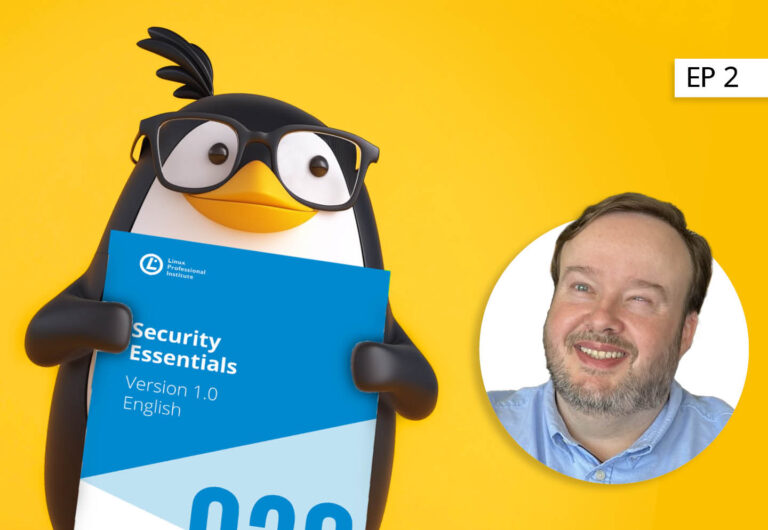Securing Your Data: Encryption with VeraCrypt & Cryptomator

In today’s digital world, personal and sensitive data is constantly being created, stored, and transmitted across networks. Whether it’s banking information, business files, or personal communications, data can easily be exposed to threats if not adequately protected. This is where encryption comes into play—a critical tool in safeguarding your digital life. Understanding how to encrypt your data and using tools like VeraCrypt and Cryptomator can significantly reduce the risk of data breaches and unauthorized access.
Why Is Encryption Important?
Encryption is the process of converting readable data (plaintext) into an unreadable format (ciphertext) to ensure that only authorized parties can access the information. After you encrypt your data, even if hackers manage to steal it, they won’t be able to understand or use it unless they have the decryption key.
Encryption is essential for:
- Protecting Sensitive Information: Whether you’re a business owner or an individual, sensitive information like financial records, passwords, and health data needs to be protected from cybercriminals.
- Ensuring Data Privacy: Encryption helps ensure that your private communications and data remain confidential, protecting your privacy from unauthorized access or surveillance.
- Compliance with Regulations: Many industries are required by law to protect certain types of data. Encryption helps meet these compliance standards by ensuring data is securely stored and transmitted.
- Preventing Identity Theft: By encrypting sensitive data such as personal identification numbers (PINs) and passwords, you reduce the risk of identity theft.
Let’s look at two practical tools that allow you to easily apply encryption to your files: VeraCrypt and Cryptomator.
How VeraCrypt Protects Your Data
Imagine you use an external drive for your business, where you store customer data, financial records, or personal files. If you lose the drive or it is stolen, the information it contains could easily be exposed. By using VeraCrypt to encrypt the entire drive, you can prevent unauthorized users from accessing any of your data.
VeraCrypt is a free, open-source disk encryption tool that allows you to create encrypted containers where you can store sensitive files. These containers act as virtual drives on your computer, and when you mount them using the correct password or encryption key, they become accessible just like any other drive. When unmounted, they become an unreadable encrypted file.
Practical Example: Securing Your External Hard Drive with VeraCrypt
Imagine you have an external hard drive that contains backups of all your important documents, family photos, and work files. Losing this hard drive would be disastrous if anyone could access the contents. With VeraCrypt, you can encrypt the entire hard drive, ensuring that even if it falls into the wrong hands, no one will be able to access the data without the decryption password.
Here’s how you would use VeraCrypt:
- Download and install VeraCrypt.
- Create a new encrypted volume on your external drive.
- Choose the encryption algorithm (AES, Serpent, etc.) and hash function.
- Set a strong password for the encrypted volume.
- Mount the volume whenever you need to access the files and unmount it when you’re done.
With VeraCrypt, your external hard drive is now protected by robust encryption, ensuring that your sensitive data remains secure.
The Linux Professional Institute Security Essentials exam prepares you to understand and apply encryption tools such as VeraCrypt in real-world situations. The exam covers how to use file and storage encryption effectively, teaching you not only about encryption algorithms but also how to secure devices and ensure data privacy.
VeraCrypt works with your hardware, and therefore is not useful when you store files in cloud services such as Google Drive, DropBox, Microsoft OneDrive, Apple iCloud, or Amazon Drive. For those files, you can use another free and open source tool, Cryptomator, which we’ll look at next.
How Cryptomator Secures Cloud Storage
When using cloud services like Google Drive or Dropbox, your files are stored on remote servers that may not offer sufficient encryption, leaving your data vulnerable to unauthorized access. While VeraCrypt is excellent for encrypting local storage, Cryptomator specializes in encrypting files stored in the cloud.
Cryptomator solves this issue by creating encrypted vaults where files are stored before being uploaded to the cloud. It uses client-side encryption, meaning your data is encrypted on your computer before it even reaches the cloud server, ensuring that even the cloud provider cannot access your files. Only you can access the files using your private password.
Practical Example: Encrypting Cloud Storage with Cryptomator
Let’s say you store your personal tax documents and financial records in Google Drive. While Google Drive is a reliable cloud storage service, the security of your data depends largely on how well Google protects its servers. By using Cryptomator, you can add an extra layer of security.
Here’s how you would use Cryptomator:
- Download and install Cryptomator.
- Create a new encrypted vault in your Google Drive folder.
- Set a strong password for your vault.
- Move your sensitive files into the Cryptomator vault.
Cryptomator encrypts the files before they are uploaded to Google Drive. Now, even if someone gains unauthorized access to your Google Drive, they won’t be able to read or alter the contents of the encrypted files without the password.
Why These Tools Matter
Both VeraCrypt and Cryptomator are user-friendly, free, powerful tools that can significantly enhance your data security. While VeraCrypt is ideal for securing physical storage devices like USB drives or external hard drives, Cryptomator provides the peace of mind that your cloud-stored data is fully encrypted before it leaves your device. Using these tools together offers a comprehensive approach to data security, ensuring that no matter where your data is stored—locally or in the cloud—it remains protected.
By integrating encryption into your daily practices, you are not just complying with best practices but actively safeguarding your digital identity and personal information. Tools like VeraCrypt and Cryptomator make it easier for individuals and businesses to protect themselves from the growing threat of cyberattacks.
In a world where data is the new currency, encryption is your best defense.
Mastering Encryption with Linux Professional Institute Security Essentials: A Practical Approach to Safeguarding Your
The Linux Professional Institute Security Essentials certificate emphasizes the practical application of encryption in real-world scenarios, making it an essential part of your cybersecurity toolkit. The education that the certificate demonstrates goes beyond understanding cryptographic algorithms theoretically—it ensures you can implement encryption tools effectively in everyday environments. Encryption is not just a technical requirement but a key strategy for protecting sensitive data, whether stored locally or in the cloud.
Whether you are securing personal files on an external hard drive or protecting cloud-stored data, tools like VeraCrypt and Cryptomator offer robust, user-friendly solutions. The Linux Professional Institute Security Essentials curriculum helps you understand the value of encryption and equips you with the hands-on skills to apply it effectively. This knowledge ensures that you’re not just aware of security risks but also fully capable of defending against them in your daily digital interactions.
To help you prepare for the Linux Professional Institute Security Essentials exam, there is a wide range of learning materials available, including official Learning Materials. These resources cover all exam objectives, from encryption and cryptography to network and device security. Whether you’re just starting out or refreshing your knowledge, these materials provide in-depth explanations and practical exercises to help you master the necessary skills. By utilizing these resources, you can ensure you’re well-prepared to tackle the exam and gain the certificate with confidence.
By earning the Linux Professional Institute Security Essentials certificate, you gain more than theoretical expertise—you develop the practical know-how to secure data across different storage environments. With this certificate, you’ll confidently safeguard your digital assets, whether on personal devices, company servers, or cloud platforms, preparing yourself for the ongoing challenges in today’s cybersecurity landscape.
<< Read the previous post of this series | Read the next post of this series >>
